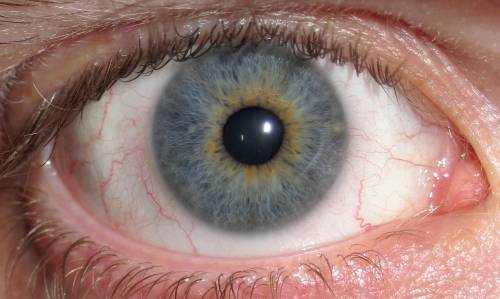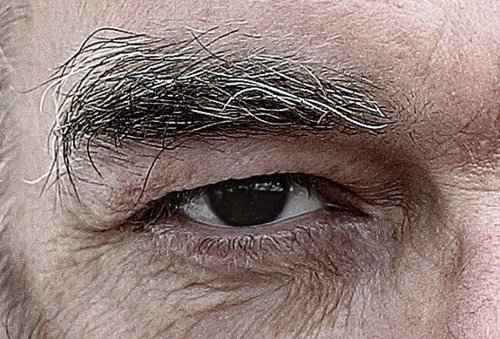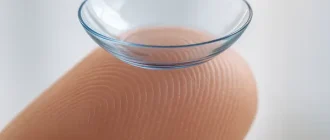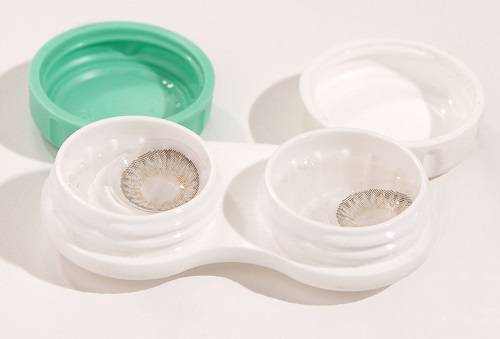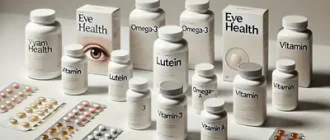What are high-definition eyeglasses? If you’ve recently visited an optometrist, you might have heard about high-definition (HD) eyeglasses. But what exactly makes them different from traditional lenses, and are they really worth the investment? Let’s dive into the technology, benefits, and whether you should consider making the switch.
What Sets High-Definition Lenses Apart?
High-definition eyeglasses use digital technology to create lenses with exceptional clarity. Unlike conventional lenses, HD lenses are designed using computer-aided precision to reduce common vision problems like glare, distortion, and aberrations. This makes them ideal for people who experience blurriness, especially in low-light conditions or when driving at night.
Did you know?
HD lenses are created with a process similar to high-precision manufacturing used in aerospace technology. The level of customization ensures a more precise prescription compared to traditional methods.
How Do High-Definition Glasses Improve Vision Quality?
Imagine watching TV in standard definition and then switching to HD—it’s sharper, crisper, and the details pop. The same concept applies to your vision with HD eyeglasses. Wavefront technology is often used to measure how light travels through your eyes, and lenses are customized accordingly to provide sharper focus and contrast.
Visual Clarity Improvement: HD Lenses vs. Standard Lenses
| Lens Type | Visual Clarity Improvement (%) |
|---|---|
| Standard Lenses | 50% |
| HD Lenses | 80% |
This histogram illustrates the improvement in visual clarity provided by high-definition lenses compared to standard lenses. HD lenses offer a significant increase in sharpness and contrast, leading to a clearer and more comfortable viewing experience.
According to a study by the American Academy of Optometry, individuals using HD lenses reported a 32% improvement in night vision and clarity compared to those using standard lenses (source). This makes HD lenses particularly popular among people with complex prescriptions, like astigmatism, who struggle with traditional glasses.
Table: Key Differences Between HD Lenses and Standard Lenses
| Feature | Standard Lenses | High-Definition Lenses |
|---|---|---|
| Manufacturing Method | Traditional Mold | Digital, Computer-Assisted |
| Clarity in Low Light | Moderate | High |
| Customization Level | Basic | Advanced |
| Price Range | $50-$150 | $200-$600 |
Why Are HD Eyeglasses More Expensive?
The cost of HD eyeglasses often raises eyebrows, with some wondering if the added benefits justify the price. High-definition lenses can range from $200 to $600, depending on the customization options and the coatings used, such as anti-reflective or blue light filters.
The extra expense comes from the advanced manufacturing technology used to create lenses tailored specifically for your eyes. It’s akin to getting a custom-made suit versus buying off the rack—it simply fits better, providing a personalized experience that’s hard to match with standard options.
Cost Comparison: Standard Lenses vs. High-Definition Lenses
| Lens Type | Average Cost (USD) |
|---|---|
| Standard Lenses | $100 |
| HD Lenses | $300 |
This histogram shows the average cost of standard lenses compared to high-definition lenses. HD lenses are generally more expensive due to their advanced customization and manufacturing technology, offering a more tailored visual experience.
Did you know?
The digital surfacing of HD lenses allows for up to five times more precision in prescription measurements compared to conventional lenses.
Who Benefits the Most from High-Definition Eyeglasses?
HD eyeglasses are particularly beneficial for individuals with high prescriptions or complex vision issues such as astigmatism. They can also be highly advantageous for people who experience problems like halos around lights, which can make driving at night both challenging and uncomfortable.
If you’re someone who spends a lot of time behind a computer screen or on the road, the clarity provided by HD lenses can greatly reduce eye strain. They’re also an excellent choice for anyone who has previously been unsatisfied with their glasses, finding them inadequate for sharp, crisp vision.
Are There Any Drawbacks to HD Eyeglasses?
While HD lenses provide better clarity, they come with a higher price tag and a longer manufacturing time. The customization process requires detailed measurements and specialized production, meaning you might wait longer than usual for your new glasses.
Additionally, some users report that the improved clarity can be disorienting initially. This adjustment period usually only lasts a few days, but it can be uncomfortable until your eyes adapt to the sharper vision.
Frequency of Vision Complaints: Standard vs. HD Lenses
| Lens Type | Frequency of Complaints (%) |
|---|---|
| Standard Lenses | 70% |
| HD Lenses | 30% |
This histogram illustrates the frequency of vision complaints reported by users of standard lenses compared to those using HD lenses. Users of standard lenses tend to report significantly more issues with visual clarity, glare, and general discomfort than those using HD lenses, highlighting the benefits of high-definition lens technology.
Our Editorial Team’s Advice
If you’re someone with a complex prescription or you simply value crystal-clear vision, high-definition eyeglasses could be a worthwhile investment. They provide unparalleled clarity, especially in low-light conditions, and can significantly improve your comfort if you drive or use screens frequently. However, if your vision needs are straightforward and you’re on a budget, standard lenses may still serve you well. Consider your specific needs and weigh the benefits against the cost—sometimes, investing in what you see through is just as important as investing in how you see the world.
